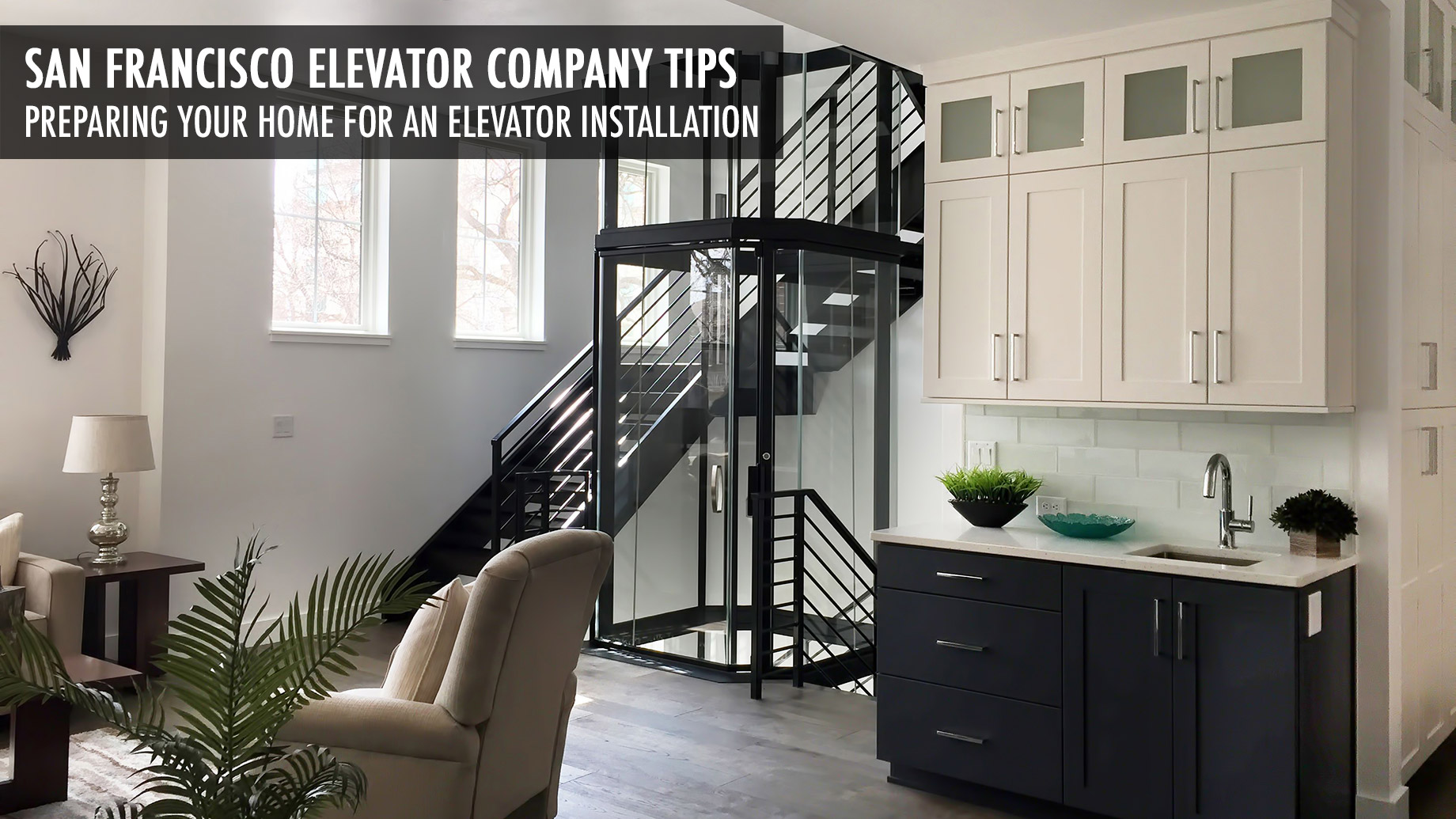
If you have a big residence with a lot of levels, have family members with mobility challenges, or someone that moves around with the help of a wheelchair, installing an elevator in your house will be a great convenience for your entire household. However, the process of making it happen is not just as simple as making an everyday purchase, you have to ensure that you adequately prepare your home for the installation of an elevator.
Here are some tips from San Francisco elevator company, Nationwide Lifts of Northern California, to guide you through the process:
1. Plan thoroughly before you take any steps.
The actual installation stage of a home elevator may take anywhere from 5 to 15 days. However, you should do a lot of planning in advance to ensure your elevator’s smooth installation. Here are some specific things you should consider:
- Define first if you’re installing an elevator in a new construction project, or if it’ll be part of a retrofit or remodeling project. Ideally, you should be installing elevators during the construction stages of your house in order to ensure the proper preparation of the area, as well as to minimize the amount of obstructions during the installation process.
- For home remodeling or retrofit installations, it can be a bit more complicated. You should give more time to planning the installation during the remodeling process to ensure its success.
Once the installation plan is laid out, the manufacturer and contractors may begin the preparation of plans and acquisition of necessary permits. They may also begin ordering the fabrication of the elevator parts. For more information on high-quality elevators and how to order one for your home, click here.
2. Select the correct elevator type.
There are various types of home elevators—with their pros and cons—available in the market. Based on your home requirements, budget, and available space, you can choose the best elevator to meet the needs of your home. Whether it’s a new house or retrofit installation, this will likewise be a major factor in selecting the kind of elevator you’ll buy. Consult with your contractor and architect regarding these factors so that you choose correctly.
Preparing your home for the elevator installation will depend greatly on the type of elevator you select. There are high-tech hydraulic elevators that feature smooth and quiet operation, but would require lots of space and foundation to be prepared. On the other hand, there are simpler cable-based or standalone systems that are easy to install for retrofit applications.
Making the proper decision on the type of elevator to match your home will affect how successful the preparation and installation will be.
3. Ensure the proper preparation of the elevator’s location.
Depending on the elevator type you select, you may have to hire a contractor to prepare the location adequately prior to installation. Hydraulic elevators need a shaft to be prepared, with a stable concrete foundation and approximately an 8-inch thick wall. Some models may also need a separate machine room to house the motors and hydraulic pumps.
For standalone shaftless models, a stable base and a hole on the floor to be accessed may be sufficient for the installation. Most elevator manufacturers have their own licensed contractors to do the entire location preparation and installation in order to ensure high-quality preparation and a perfect fit for the units.
4. Monitor the elevator fabrication process.
Home elevators are not off-the-shelf products. This means that each unit is usually manufactured to specifications based on the actual requirements of the client. For some custom units, the manufacturer doesn’t begin fabrication of the elevator before the location is ready. This is to ensure that all the specs and measurements are confirmed.
As the homeowner, you may want to coordinate closely with your agent to ensure that the specs of the elevator are compatible with the house preparations, and to guarantee that the schedules are aligned, especially for new home construction projects that adhere to tight schedules.
5. Decide on custom options early on.
Aside from a wide variety of specifications and performance capabilities, elevators also have a vast array of designs and styling options. You should decide early on regarding what type of styling you’d like the elevator to have.
For older houses, it’s advisable to choose a discreet installation, wherein the elevator is hidden in hardwood paneling so that it blends in with the whole aesthetic appeal of the house. Custom rails, unique gates and doors, hidden control panels, and ambient lighting are also some additional options that may be incorporated into the elevator design. All these custom styling decisions should be made in advance in order for you to be able to prepare both the house styling and the elevator custom designs.
As with any undertaking, smooth coordination can spell the difference between success and failure. As the homeowner, coordinate properly with the manufacturer, contractor, and other parties such as the local government and homeowners’ association to guarantee that your home is sufficiently prepared for the actual elevator installation. Following the concrete steps for readying your home will ensure your success and satisfaction with your elevator installation project.